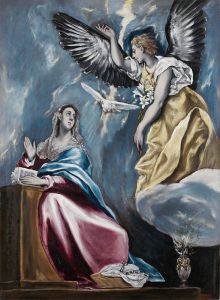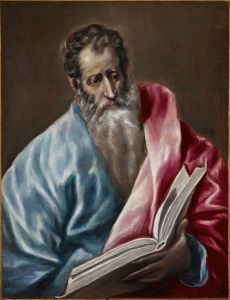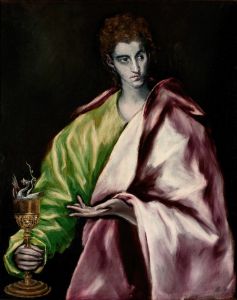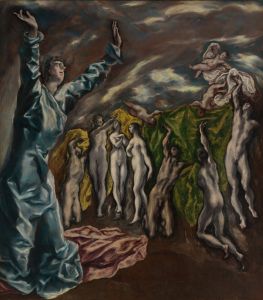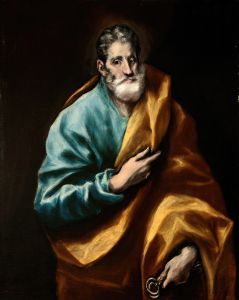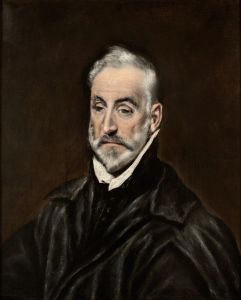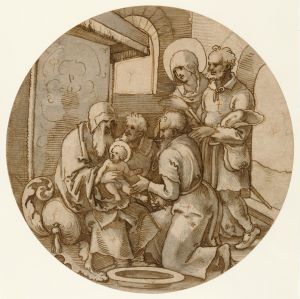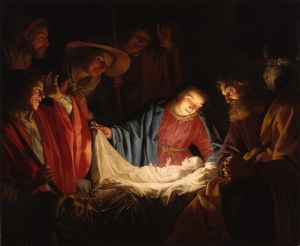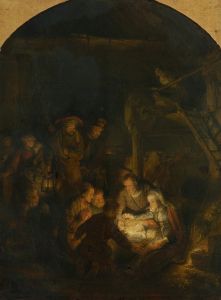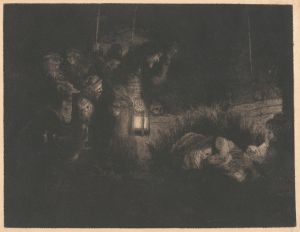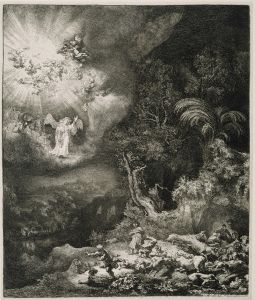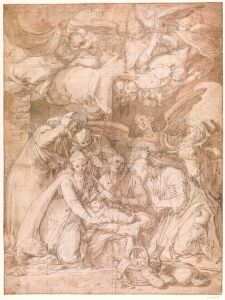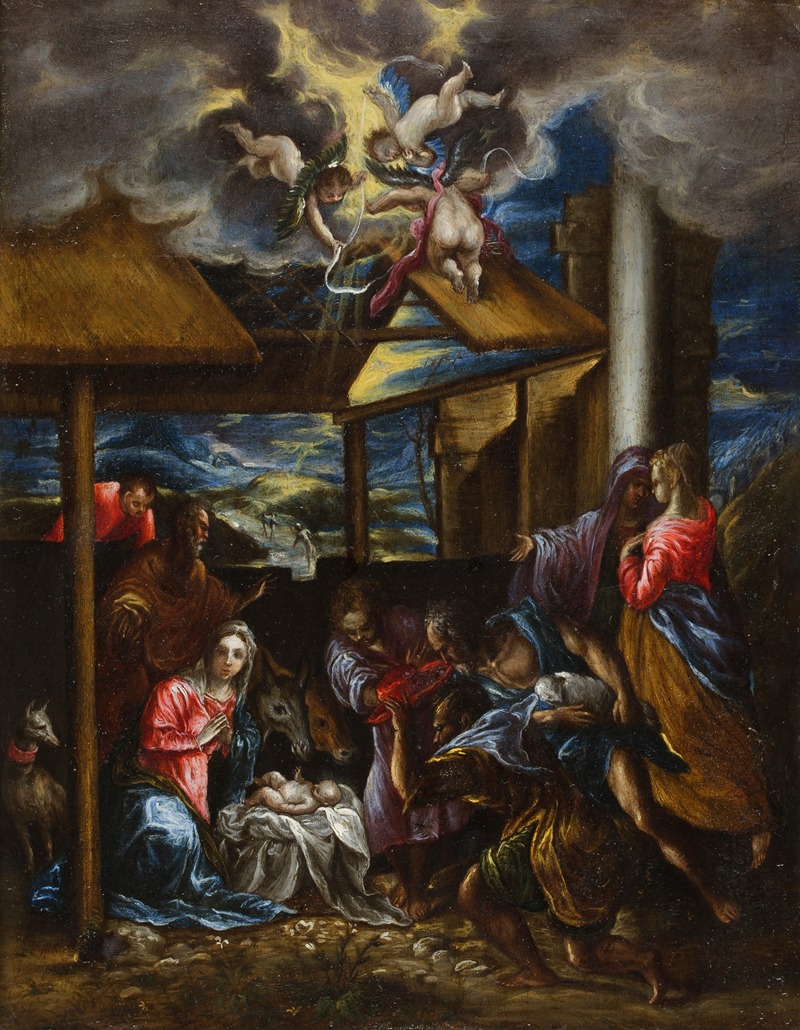
The Adoration Of The Shepherds
A hand-painted replica of El Greco (Domenikos Theotokopoulos)’s masterpiece The Adoration Of The Shepherds, meticulously crafted by professional artists to capture the true essence of the original. Each piece is created with museum-quality canvas and rare mineral pigments, carefully painted by experienced artists with delicate brushstrokes and rich, layered colors to perfectly recreate the texture of the original artwork. Unlike machine-printed reproductions, this hand-painted version brings the painting to life, infused with the artist’s emotions and skill in every stroke. Whether for personal collection or home decoration, it instantly elevates the artistic atmosphere of any space.
The Adoration of the Shepherds is a celebrated painting by the renowned artist El Greco, whose real name was Domenikos Theotokopoulos. This work is a prime example of El Greco's distinctive style, which combines elements of the Byzantine tradition with Western painting techniques. The painting was completed in 1614, the year of El Greco's death, and is considered one of his final masterpieces. It is housed in the Museo del Prado in Madrid, Spain.
El Greco was born in Crete, which was then part of the Republic of Venice, and he trained as an icon painter in the Byzantine tradition. He later moved to Venice and then to Rome, where he was influenced by the Renaissance masters. Eventually, he settled in Toledo, Spain, where he developed his unique style characterized by elongated figures, dramatic use of color, and expressive emotion.
The Adoration of the Shepherds depicts the biblical scene of shepherds visiting the newborn Jesus in the manger, a popular subject in Christian art. El Greco's interpretation is notable for its dynamic composition and the spiritual intensity of the figures. The painting is vertically oriented, which enhances the sense of upward movement and divine presence. The figures are elongated and seem to be in a state of ecstatic adoration, a hallmark of El Greco's work.
The use of light in the painting is particularly striking. The newborn Christ is the source of a supernatural light that illuminates the surrounding figures, creating a dramatic contrast between light and shadow. This technique not only highlights the central figure of Jesus but also imbues the scene with a sense of divine mystery and wonder. The colors are vivid and expressive, with a predominance of blues, reds, and whites, which are typical of El Greco's palette.
El Greco's composition is carefully structured to guide the viewer's eye towards the central figure of the Christ child. The shepherds are depicted in various poses of adoration, their gestures and expressions conveying a deep sense of reverence and awe. The Virgin Mary is shown in a posture of humility and devotion, while Joseph stands protectively nearby. The angels above add to the celestial atmosphere, their elongated forms echoing the style of the earthly figures below.
The painting reflects El Greco's deep spirituality and his ability to convey religious themes with emotional intensity. It is a testament to his skill in blending different artistic traditions to create a unique and powerful visual language. The Adoration of the Shepherds is not only a significant work within El Greco's oeuvre but also an important piece in the history of Western art, illustrating the transition from the Renaissance to the Baroque period.
In summary, The Adoration of the Shepherds by El Greco is a masterpiece that exemplifies the artist's distinctive style and his ability to convey profound spiritual themes. Its dynamic composition, dramatic use of light, and expressive figures make it a compelling representation of the biblical narrative and a lasting testament to El Greco's artistic legacy.





